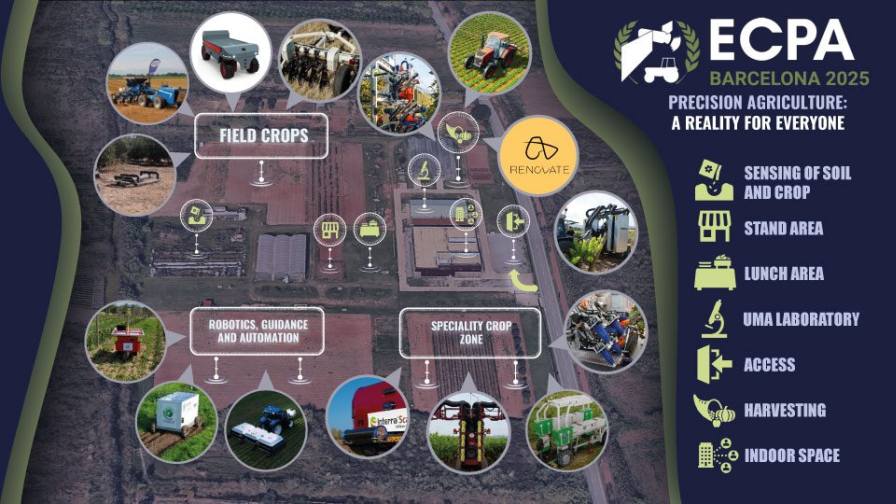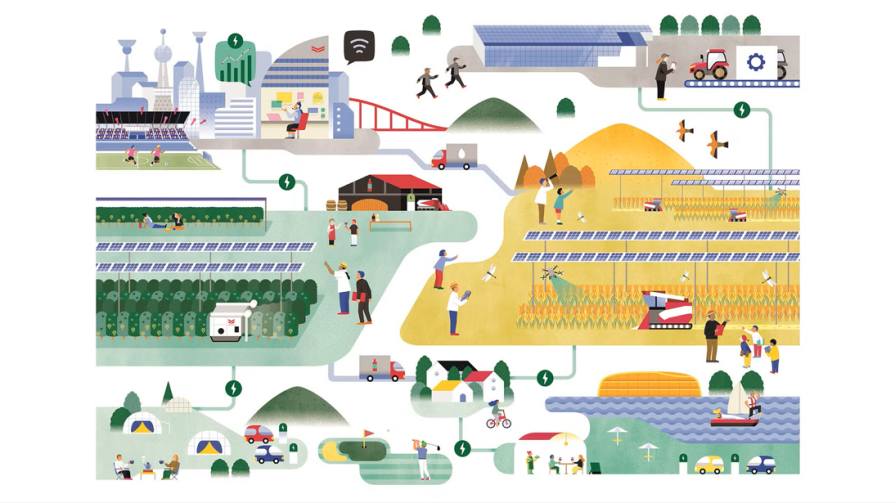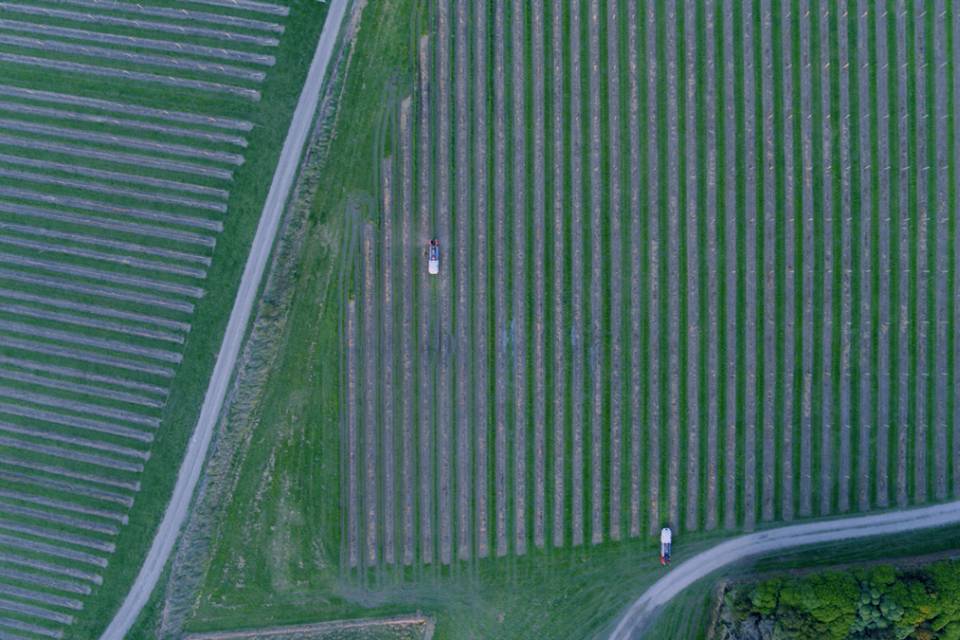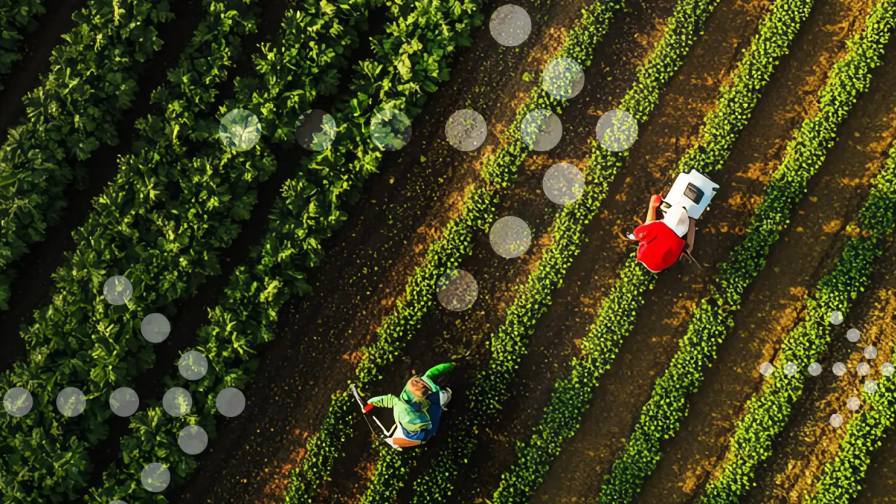Smart Spraying Takes Root: Agriculture Spraying Equipment Market Grows With Precision And Sustainability At The Core
The transformation of agriculture spraying equipment stems from pressing demands for improved food security and cost-efficiency together with environmental stewardship. Modern spraying technologies such as GPS-guided boom sprayers and autonomous drone sprayers alongside sensor-integrated systems are changing farmers’ methods for applying fertilizers, pesticides, and herbicides in various crop fields. The targeted delivery of agricultural chemicals through precision spraying methods leads to less waste generation along with improved crop yields and reduced environmental damage.
Market Snapshot
The Agriculture Spraying Equipment Market stands ready for rapid expansion because precision agriculture methods are becoming standard practice. The market valuation of US$ 3.22 billion in 2024 will see growth to US$ 4.42 billion by 2030, at a CAGR of 5.4% throughout the forecast period. The North American market commands the lead position because of extensive use of precision spraying technology and autonomous equipment while Asia-Pacific achieves the fastest growth rate through modernization efforts in China, India, and Southeast Asia. The industry features major players such as Deere & Company, Kubota Corporation, AGCO Corporation and CNH Industrial N.V., among others.
Spraying equipment functions as a fundamental component in contemporary farming
The success of crop protection and productivity depends largely on agricultural spraying equipment. Agricultural spraying equipment enables precise application of crop inputs during optimal periods for both open-field row farming and greenhouse horticulture. The latest spraying equipment enables smart application by merging real-time field data with automation technology to deliver optimal crop treatment.
Common types of equipment include:
MORE BY THE RESEARCH INSIGHTS
- Self-Propelled Sprayers: Large-scale farms benefit from self-propelled sprayers which combine advanced nozzle systems with GPS navigation technology.
- Aerial/Drones Sprayers: Aerial/drones sprayers facilitate rapid pesticide application across challenging landscapes and saturated fields.
- Tractor-Mounted & Trailed Sprayers: Precision attachments make tractor-mounted and trailed sprayers the preferred choice for medium-scale farms.
- Handheld & Knapsack Sprayers: Farmers operating smallholder farms or managing specialty crops frequently utilize handheld and knapsack sprayers.
Tech-Driven Transformation
Sprayers have become intelligent machines that can micro-manage field conditions through the integration of AI with GPS, LiDAR systems and machine vision combined with real-time sensors. Variable rate application (VRA) systems modify application rates according to crop health status as well as soil conditions and weed detection. AI-guided drone spraying technology is progressively supplanting traditional manual spraying methods across high-income as well as low-income markets.
Sustainable Farming Starts with Targeted Spraying
Sprayers have become essential tools in developing sustainable agricultural practices. Modern equipment protects water bodies from chemical runoff by reducing input overuse while preserving soil health and cutting down carbon emissions through smart fuel-efficient operations. Areas experiencing water scarcity now use ultra-low volume spray technology to reduce consumption of water and chemicals.
Barriers to Adoption
Current advancements face several obstacles that impede widespread adoption:
- High Upfront Costs: The cost of advanced spraying technologies like drones and automated rigs continues to be prohibitive for farmers of small and medium scale.
- Knowledge & Training Gaps: Training is essential for farmers to effectively run and preserve advanced systems.
- Fragmented Regulations: The diverse regulations surrounding chemical application and drone operations between regions present barriers to adoption.
- Maintenance & After-Sales Support: Remote farming regions lack sufficient service centers and spare parts availability.
The resolution of these challenges depends on the collaboration between public and private sectors through partnerships while receiving government subsidies and engaging local agritech initiatives.
Emerging Trends & Opportunities
The agriculture spraying equipment market is experiencing exciting trends as innovation and changing farm dynamics create new opportunities.
- Drone-as-a-Service (DaaS): Smallholders obtain lower expenses through rental-based drone spraying services.
- Nozzle Innovation: Smart nozzles that adapt droplet size according to crop type and weather conditions are becoming increasingly popular.
- AI-Driven Spot Spraying: Detects weeds precisely and applies targeted treatments which helps to cut chemical consumption by more than 70%.
- Battery-Powered Electric Sprayers: Battery-Powered Electric Sprayers provide sustainable and quieter options compared to traditional gasoline-powered equipment.
- Connected Equipment Ecosystems: Farm management software integration enables data-based spraying decisions.
The agriculture spraying equipment market is moving towards an intelligent and ecologically responsible future
The development of agriculture spraying equipment is moving towards intelligent systems as farming practices become more data-oriented and environmentally conscious. These technological advancements boost productivity while ensuring global farming practices meet sustainability and climate resilience standards through efficient operations.
The agriculture spraying equipment market stands ready for substantial growth thanks to supportive regulations along with increasing food requirements and scalable technology solutions. Smart spraying technology will establish itself as an essential foundation for modern agriculture across diverse landscapes because it enables improved crop yields and planetary protection.









